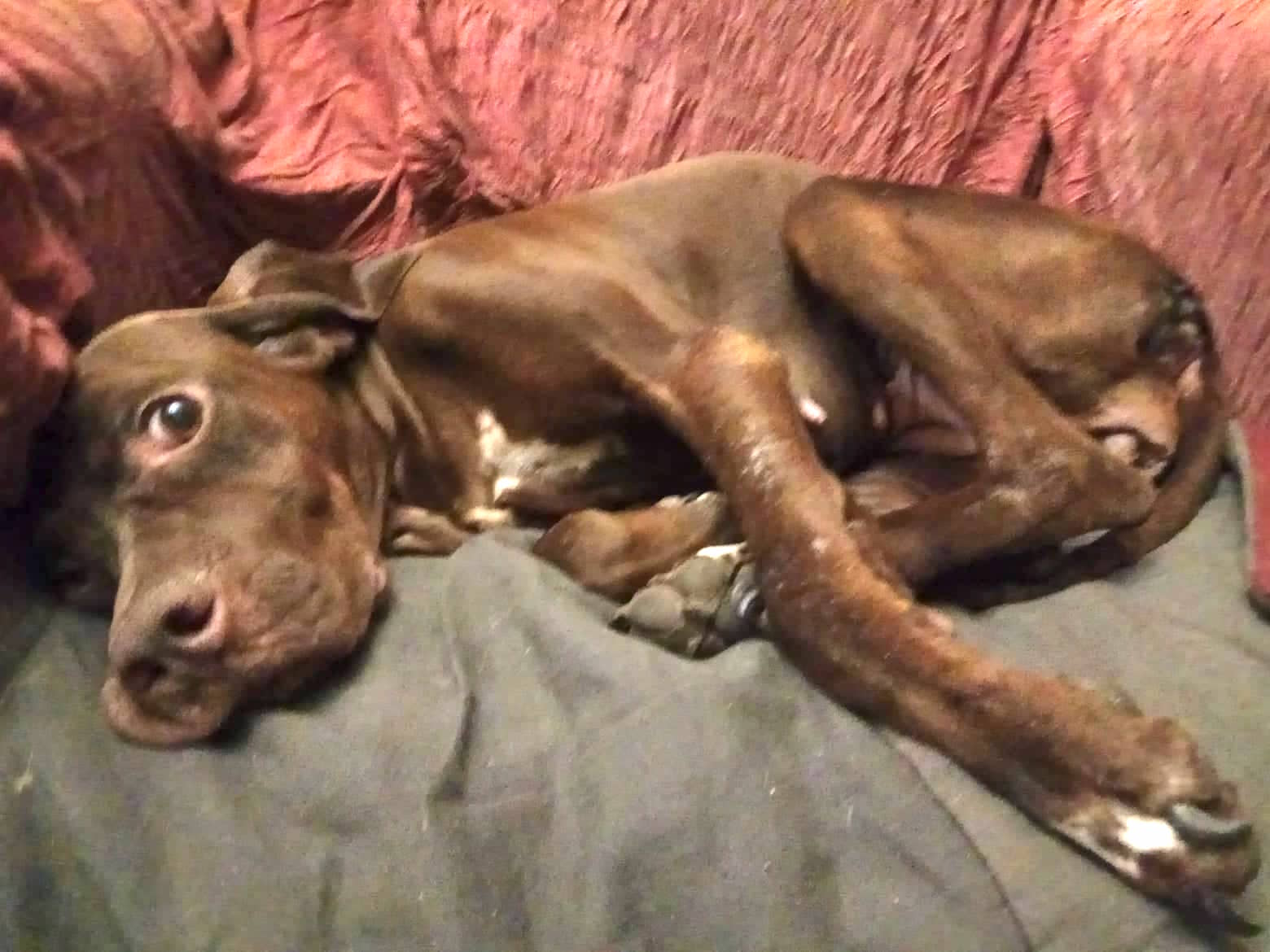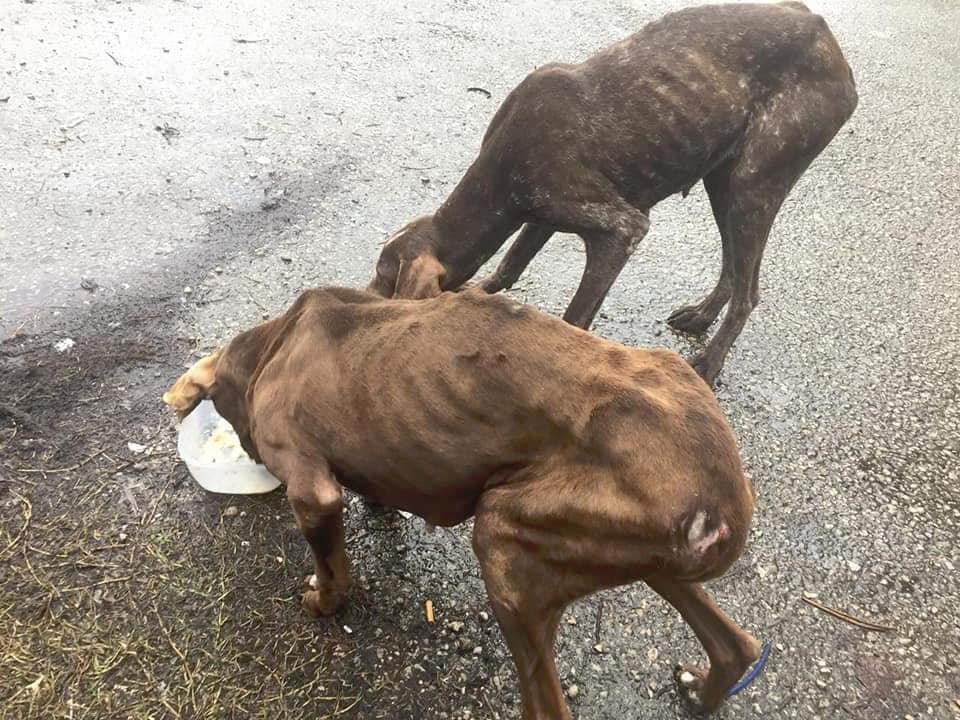Abkhaz animal activists scramble to give street dogs a second chance
Stray dogs have been an ongoing issue in Abkhazia. This problem has two parts:
One is that in Abkhazia there are hundreds, if not thousands, of stray dogs on the streets.
They group together in packs and are dangerous to both children and adults alike. There have been many cases over the years of stray dogs attacking people.
Another problem is that people still believe that shooting these dogs is the solution. Shooting them. Not in giving them shelters, treating them and sterilizing them – no, shooting.
With each passing month, the number of homeless animals grows, as does the number of people who want to exterminate them.

The issue
At least three boxes of small puppies are taken to the Sukhum market per day and left there. These puppies have a short life. They die from hunger, disease, or under the wheels of cars.
“We take pity on these poor guys and feed them, but then they disappear somewhere – they most likely die, but their place is soon filled by other puppies. This is such a fatal cycle,” says Larisa Tsua, the owner of a vegetable shop at the market.
The common attitude towards pets in Abkhazia is tragic. It’s not just puppies that are thrown into the street – there are also adult dogs that have already lived in a family, but for some reason have ceased to be of use to their owners. At the end of this article we offer two such stories – both with happy endings. But such endings are such a rarity that it is more important to talk about another issue.
Topa and Saida
In Abkhazia there is but one shelter for dogs – Topa. It is located in the city of Gagra and houses 90 dogs and 27 puppies.
They were all picked up sick off the streets. Some were hit by cars, others were thrown away into trash cans after they were born. There are those who were beaten or even tortured. Examples of such cruelty are found on the Instagram page of animal rights activist Maka Pilia from Gudauta.
All 117 dogs in the shelter need treatment. However, the creator of the shelter, Saida Otyrba, says the main issue is first to save them from being shot.
Topa’s story began in 2016 after Saida’s dog was killed.
“There was a seasonal “cleaning” on the streets, and my dog, an Alabai named Bagira, was poisoned. No one checks whether there is a collar on a dog or not. Employees are paid 500 rubles [about $8] for shooting one dog, thus those who are engaged in this are try to kill more in order to earn more,” says Saida.
Saida, with the financial support of volunteers from Abkhazia and Russia, built a shelter little by little.
Topa opened in February 2018.
From the moment of its founding to the present day, the shelter has been maintained at the personal expense of Saida and people who are care about the problem.
During this time, about 200 dogs have been cured, fed, vaccinated and sterilized. However, the establishment can’t handle all the dogs.
Maka Pilia and other animal rights activists hold demonstrations demanding that dogs and cats simply be sterilized in the cities of Gudauta and Tkuarchal. Sterilization is the only humane way to reduce the population of stray animals in Abkhazia, volunteers say.
“After sterilization and castration, an animal cannot have offspring, which means that there will be fewer stray dogs and cats on the streets of Abkhazia,” Maka Pilia says.
“Moreover, after the operation, the nature of the animal becomes much more pleasant. Sterilization also protects them against a multitude of diseases.”

What is to be done?
Saida has been seeking support from the authorities for three years.
But the only thing they offer is the shooting of stray animals. There is a special government structure that oversees this process – in Sukhum alone, the service allocates $13,000 annually to shooting stray animals.
“I beg the authorities to give this money to us – then we can make the streets safe from aggressive stray dogs, drastically reduce their number and at the same time none of them will die,” Saida says.
But so far, nobody is even remotely interested in discussing the option of spending these resources on shelters.
The public is also skeptical about giving the animal rights activists the opportunity to solve the problem themselves – too many attacks by aggressive packs of dogs on people and especially on children have occurred, and many are ready to support the achievement of stability in more brutal ways.
So far, the only person who has somehow reacted to the pleas of animal activists for help has been the now former head of the Gagra district, Zaur Bganba. He allocated a plot of land in the village of Salma for the construction of the first “official” shelter for dogs in Abkhazia.
There was one attempt however to change the system. In August 2018, Prime Minister Gennady Gagulii ordered all the heads of administrations to “ensure the capture, sterilization and maintenance of stray dogs in temporary shelters”.
After the operation was complete, the animals were supposed to have been set free.
Animal activists breathed a sigh of relief, thinking that the suffering of stray dogs would cease. However, on 8 October 2018, Gagulia died in a car accident. Not a single head of administration has executed his order since.
Two stories with a happy ending

This red female vizsla (left) and light-brown German short-haired pointer (right) were left out on the street by someone. They were already dying of hunger and injuries when Saida found them.
She could not take them to the shelter as there were no empty spots – but she started to bring food to where they were hiding – mostly by the sea. At the same time, Saida began to publish their photos on social networks and asked the public to help find them a home.
Owners were soon found. Both of the girls were sent to Moscow where they now have loving homes and families. Several months have passed, and they now look like this:

And Fanya:



















